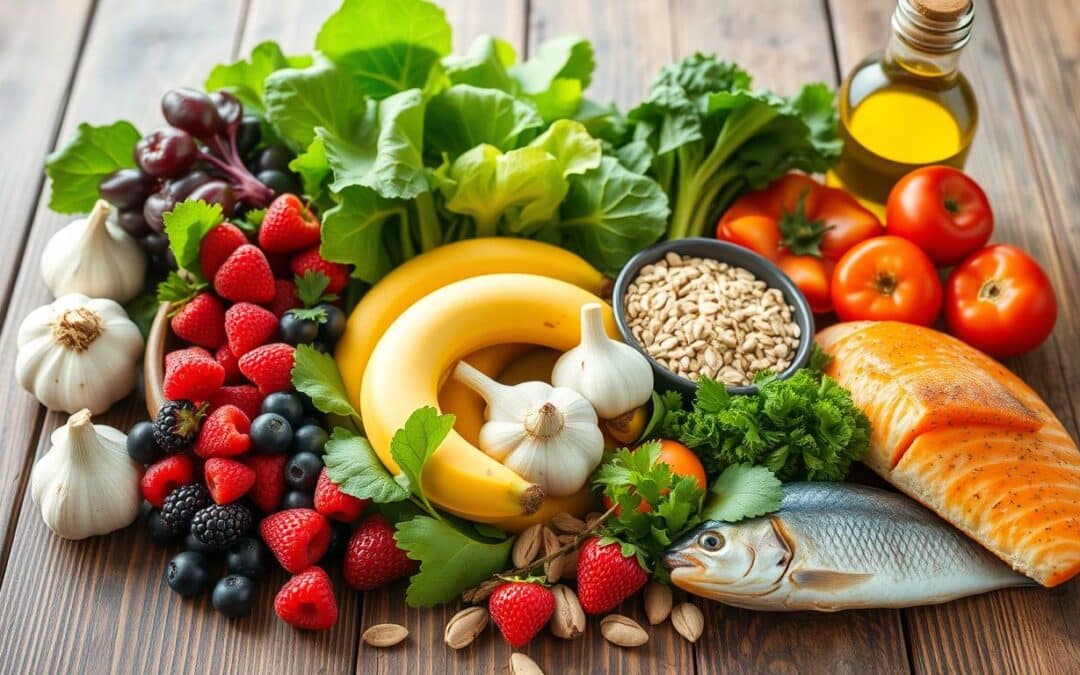High blood pressure affects over 1 billion people worldwide and remains the leading preventable risk factor for heart disease. What you eat plays a crucial role in managing your blood pressure levels. Research consistently shows that specific nutrients and compounds in certain foods can help relax blood vessels, reduce inflammation, and support overall heart health. This article explores 10 science-backed foods that can help reduce blood pressure naturally, along with practical ways to incorporate them into your daily diet.
Understanding Blood Pressure and Diet
Blood pressure is measured in millimeters of mercury (mmHg) and recorded as two numbers: systolic pressure (when your heart beats) over diastolic pressure (when your heart rests). Normal blood pressure is below 120/80 mmHg, while hypertension is defined as readings of 130/80 mmHg or higher.
Your diet significantly impacts your blood pressure. Foods high in sodium can increase blood pressure, while those rich in potassium, magnesium, calcium, and certain plant compounds can help lower it. The DASH (Dietary Approaches to Stop Hypertension) diet, developed by the National Heart, Lung and Blood Institute, has been extensively studied and proven effective for managing hypertension.
According to the American Heart Association, even modest reductions in blood pressure can significantly decrease your risk of heart disease and stroke.
10 Foods Proven to Lower Blood Pressure
Research has identified several foods that can help reduce blood pressure through various mechanisms. Here are 10 science-backed options to incorporate into your diet:
1. Leafy Green Vegetables
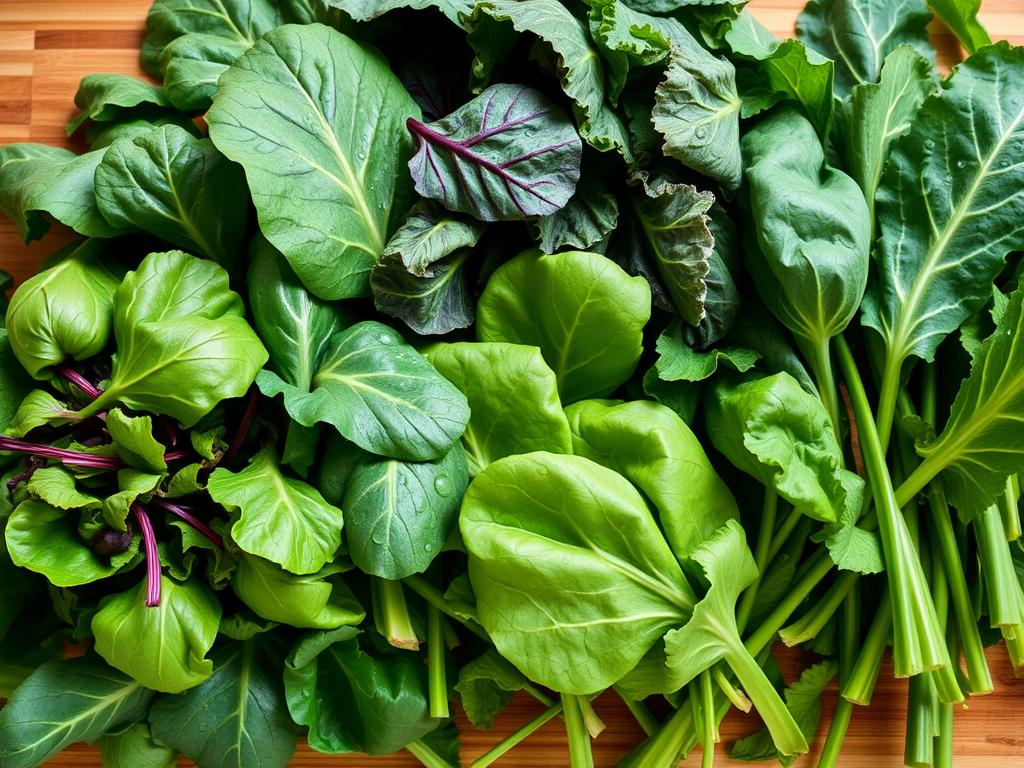
Key compounds: Nitrates, potassium, magnesium
Leafy greens like spinach, kale, and Swiss chard are packed with nitrates that your body converts to nitric oxide, a compound that helps relax blood vessels and improves blood flow. One cup of cooked Swiss chard provides 961mg of potassium and 150mg of magnesium, both essential minerals for blood pressure regulation.
Research evidence: A 2021 study published in the European Journal of Epidemiology found that consuming just one cup of green leafy vegetables daily was associated with a significant reduction in blood pressure and lower risk of cardiovascular disease.
Recommended serving: 1-2 cups daily, raw or cooked
2. Berries
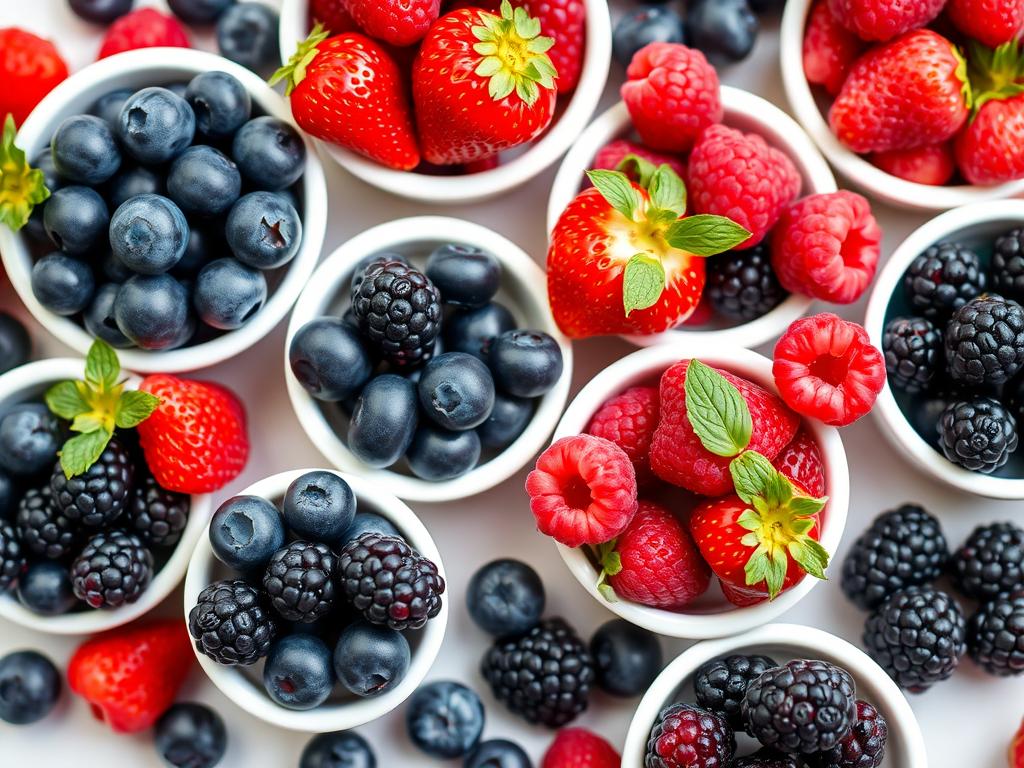
Key compounds: Anthocyanins, flavonoids, vitamin C
Berries like blueberries, strawberries, and raspberries contain powerful antioxidants called anthocyanins that give them their vibrant colors. These compounds increase nitric oxide levels in the blood and reduce molecules that restrict blood flow.
Research evidence: A 2020 review published in Food & Function found that various berries, including whole, freeze-dried, or juice forms, reduced systolic blood pressure by over 3 mmHg, with cranberry juice showing the strongest effect.
Recommended serving: 1 cup daily, fresh or frozen
3. Bananas and Potassium-Rich Fruits
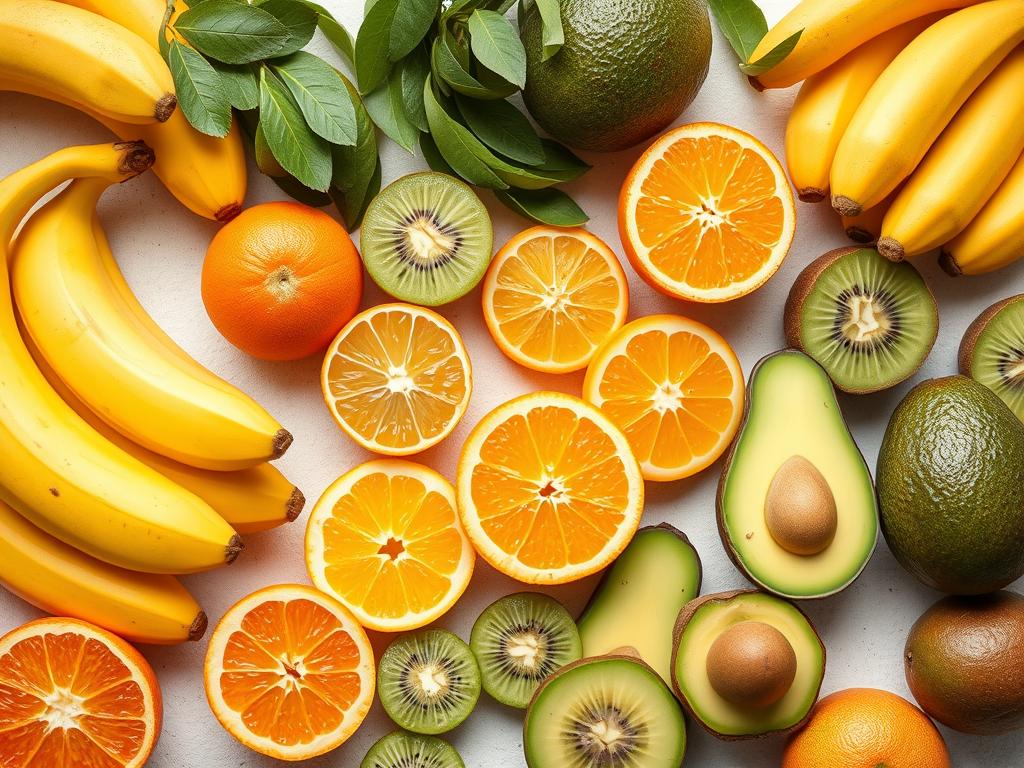
Key compounds: Potassium
Potassium helps counteract the effects of sodium and alleviates tension in blood vessel walls. One medium banana contains approximately 422mg of potassium, while other good sources include oranges, avocados, and kiwifruit.
Research evidence: According to a 2022 study in the European Heart Journal, among females with high sodium levels, every 1 gram increase in daily potassium was linked with a 2.4 mmHg lower systolic blood pressure.
Recommended serving: 2-3 potassium-rich fruits daily
People with kidney disease should consult a doctor before increasing potassium intake, as too much can be harmful.
4. Beets and Beet Juice
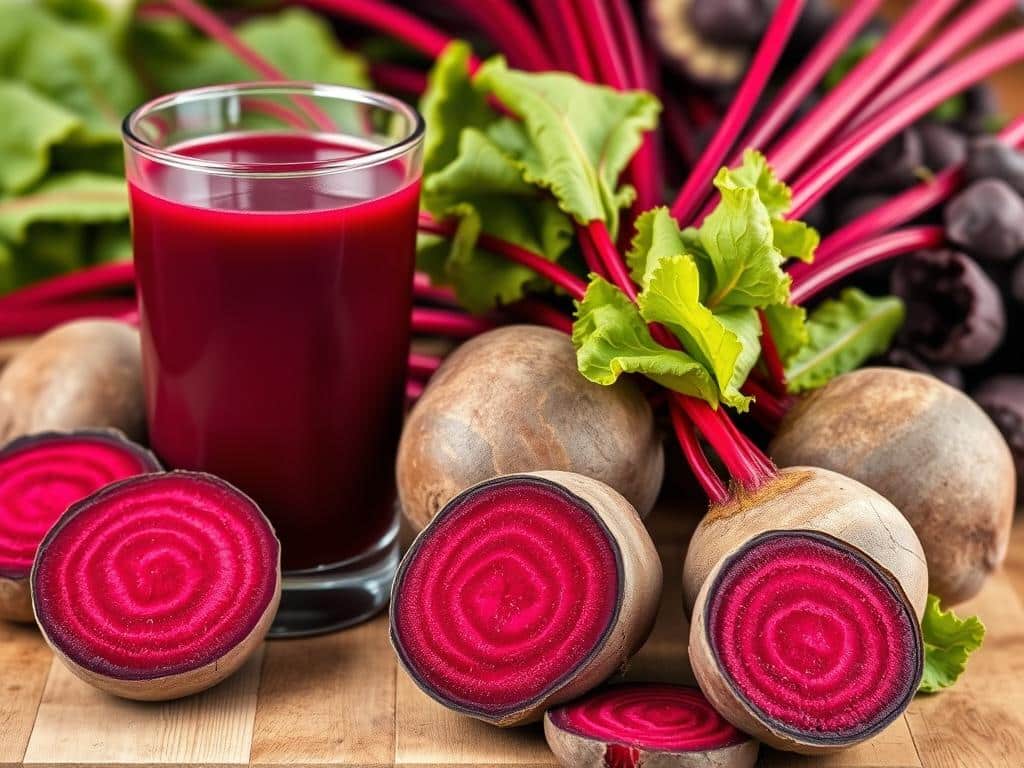
Key compounds: Dietary nitrates
Beets are rich in dietary nitrates that convert to nitric oxide in the body, helping to dilate blood vessels and improve blood flow, resulting in lower blood pressure.
Research evidence: A 2022 systematic review published in Frontiers in Nutrition concluded that nitrate from beetroot juice significantly lowers systolic blood pressure in people with arterial hypertension.
Recommended serving: 1 cup of cooked beets or 1 glass (250ml) of beet juice daily
5. Oats and Whole Grains
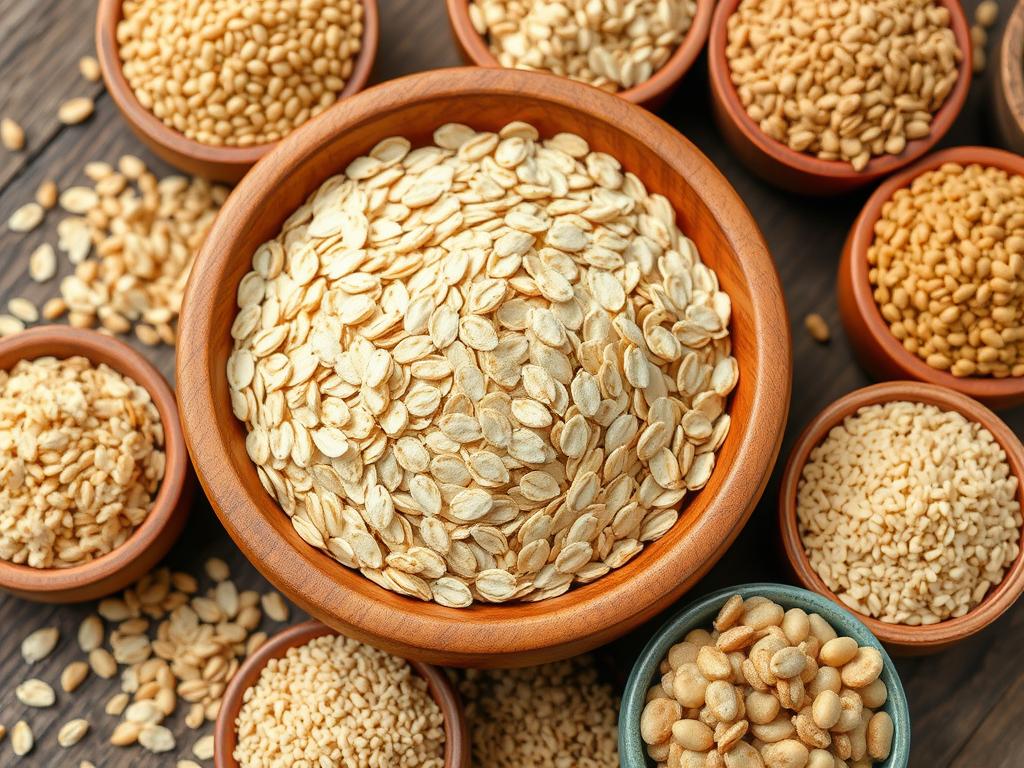
Key compounds: Beta-glucans, fiber, magnesium
Whole grains like oats contain a type of fiber called beta-glucan that may benefit heart health and blood pressure. They’re also good sources of magnesium, which helps regulate blood pressure.
Research evidence: A 2017 review of 28 studies found that every 30-gram increase in daily whole grain consumption was linked with an 8% reduced risk of high blood pressure.
Recommended serving: 1/2 cup of cooked oats or 3-5 servings of whole grains daily
6. Fatty Fish
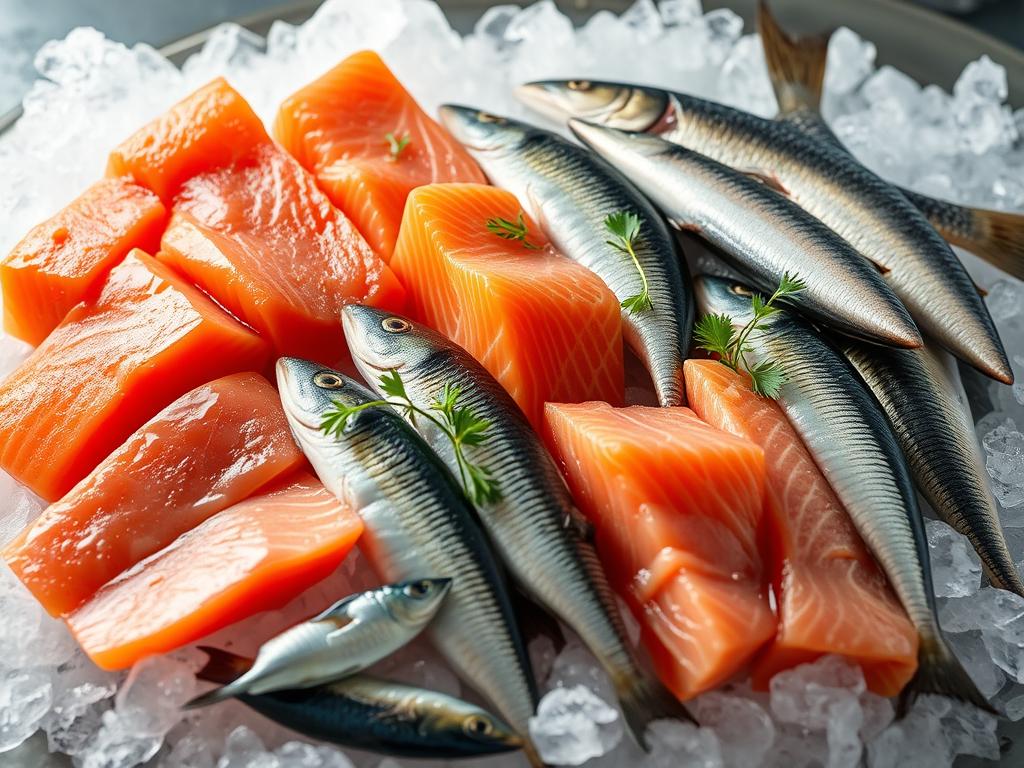
Key compounds: Omega-3 fatty acids (EPA and DHA)
Fatty fish like salmon, mackerel, and sardines are excellent sources of omega-3 fatty acids, which have significant heart benefits including reducing inflammation and helping lower blood pressure.
Research evidence: A 2022 study published in the Journal of the American Heart Association analyzed data from 71 clinical trials and found that consuming 2-3 grams of omega-3 fats daily (about a 3.5-ounce serving of salmon) provided the largest benefit for lowering blood pressure.
Recommended serving: 2-3 servings (3-4 ounces each) per week
7. Garlic and Herbs
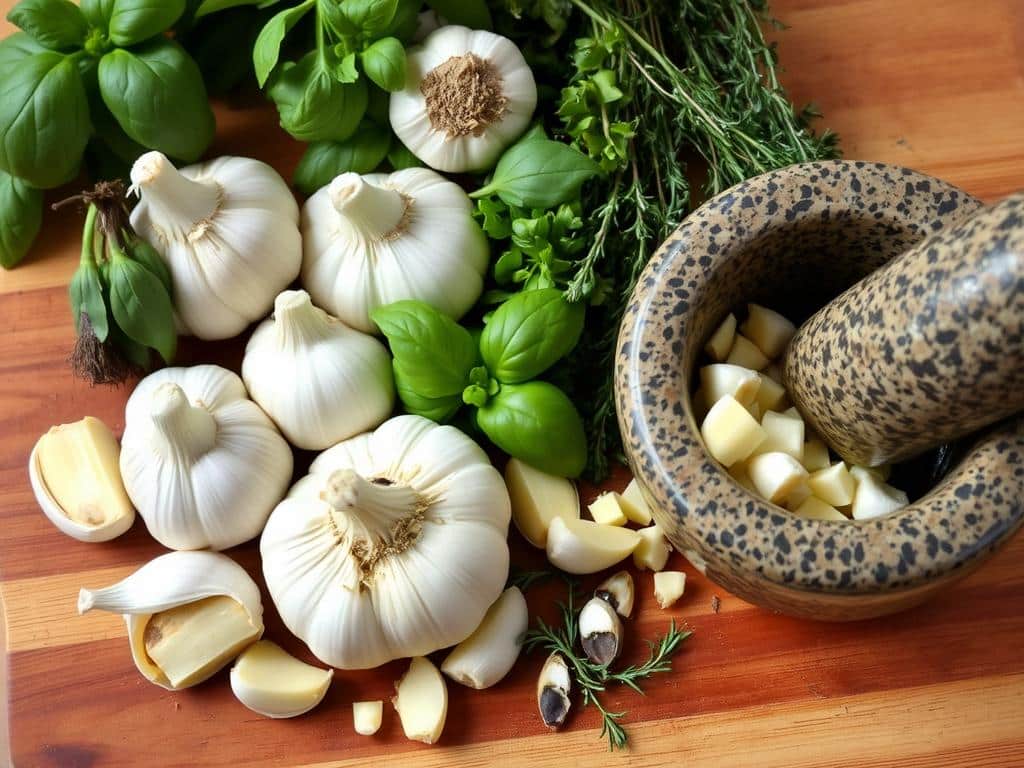
Key compounds: Allicin, polyphenols
Garlic contains allicin, a compound with antibiotic and antifungal properties that may help reduce blood pressure. Various herbs like basil, cinnamon, cardamom, and ginger also contain compounds that help relax blood vessels.
Research evidence: A 2020 review published in Experimental and Therapeutic Medicine concluded that garlic supplements can reduce blood pressure, arterial stiffness, and cholesterol levels.
Recommended serving: 1-2 cloves of fresh garlic daily or 6.6 grams (about 1.3 teaspoons) of mixed herbs
8. Nuts and Seeds
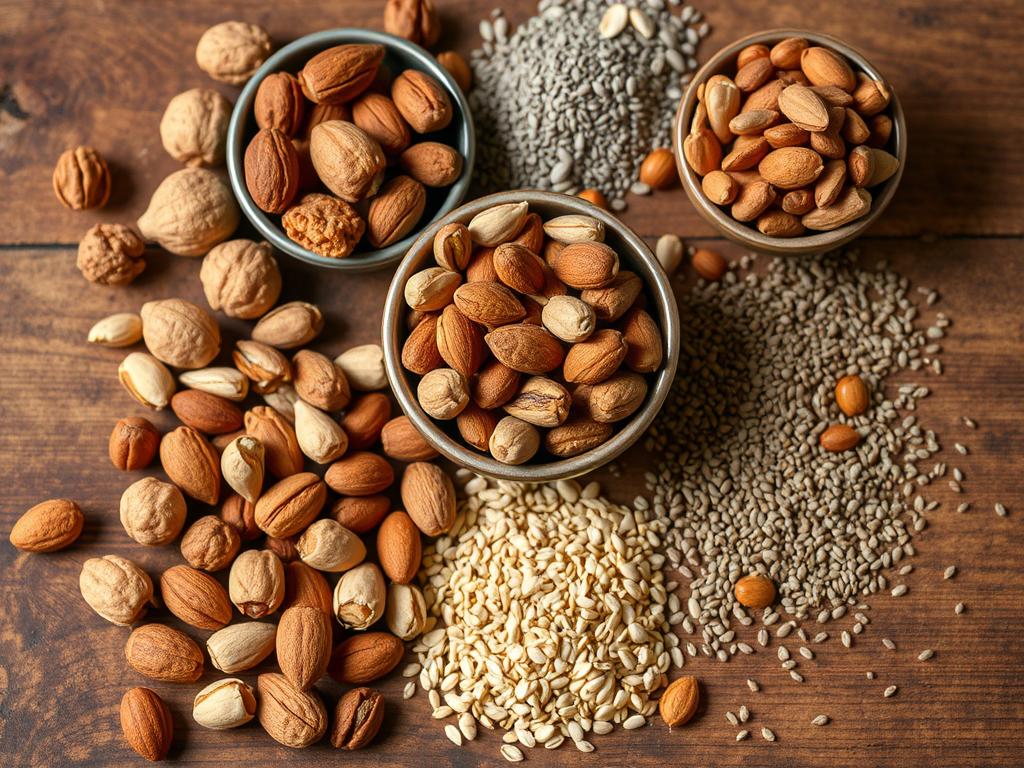
Key compounds: Magnesium, potassium, L-arginine, healthy fats
Nuts and seeds provide a concentrated source of nutrients important for blood pressure control, including magnesium, potassium, and L-arginine, an amino acid needed to produce nitric oxide.
Research evidence: A 2019 study published in Hypertension found that regular walnut consumption reduces systolic blood pressure in older adults with mild hypertension.
Recommended serving: 1/4 cup (about a handful) of unsalted nuts or 1-2 tablespoons of seeds daily
9. Olive Oil
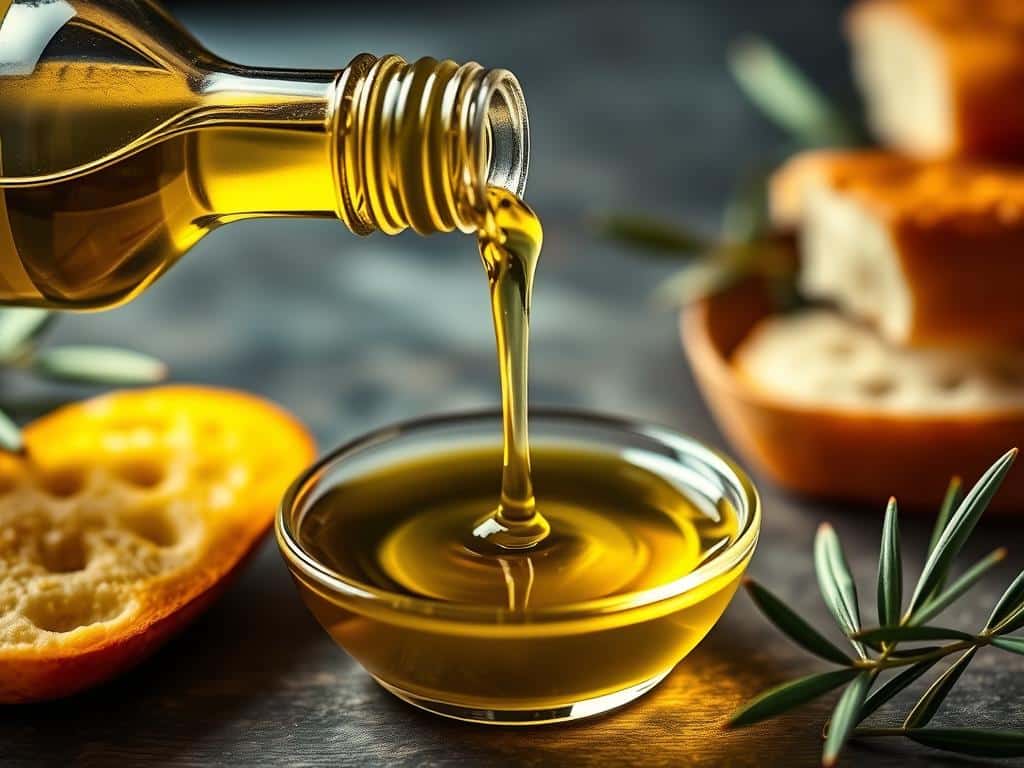
Key compounds: Oleic acid (omega-9), polyphenols
Extra virgin olive oil contains oleic acid and polyphenols that help reduce inflammation and oxidative stress, contributing to lower blood pressure and improved heart health.
Research evidence: A 2020 review published in Nutrients found that the nutrients and plant compounds in olive oil make it beneficial for lowering blood pressure as part of a heart-healthy diet.
Recommended serving: 2-3 tablespoons daily, used in cooking or as a dressing
10. Fermented Foods
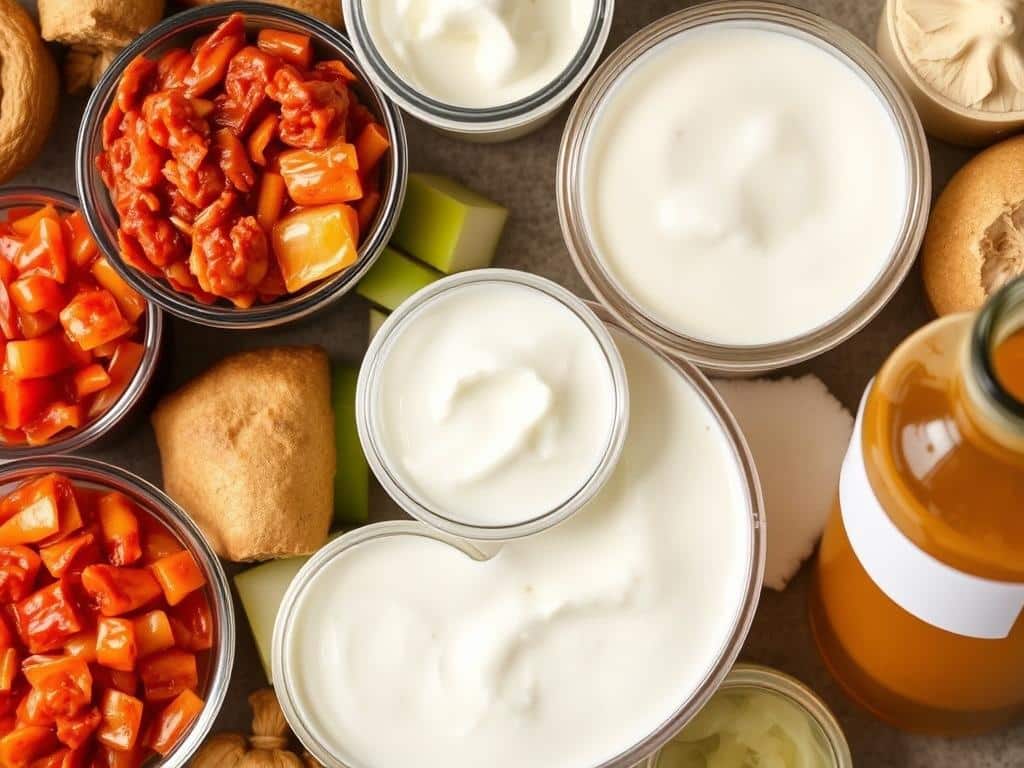
Key compounds: Probiotics, bioactive peptides
Fermented foods like yogurt, kefir, kimchi, and kombucha contain beneficial bacteria that may help manage blood pressure. Dairy-based fermented foods also provide calcium and potassium.
Research evidence: A 2021 study published in the International Dairy Journal found that among people with high blood pressure, consuming one serving of yogurt per day was associated with lower systolic blood pressure levels.
Recommended serving: 1 cup of yogurt or other fermented food daily
One-Day Sample Meal Plan for Lower Blood Pressure
Here’s a practical example of how to incorporate these blood pressure-lowering foods into your daily diet:
Breakfast
- 1/2 cup of rolled oats cooked with 1 cup of low-fat milk
- 1 sliced banana
- 1 tablespoon of flaxseeds
- 1/4 cup of blueberries
- Green tea (unsweetened)
Blood pressure benefits: Whole grains, potassium, omega-3 fatty acids, and antioxidants
Lunch
- Large spinach salad with:
- 2 cups of fresh spinach
- 1/2 cup of sliced beets
- 1/4 cup of walnuts
- 1 tablespoon of olive oil and lemon juice dressing
- 3 oz of grilled salmon
- 1 orange
Blood pressure benefits: Nitrates, potassium, omega-3 fatty acids, and healthy fats
Dinner
- 4 oz of baked chicken breast seasoned with garlic, basil, and oregano
- 1/2 cup of quinoa
- 1 cup of steamed kale with 1 teaspoon of olive oil and lemon juice
- 1/2 cup of roasted carrots
Blood pressure benefits: Lean protein, whole grains, nitrates, potassium, and allicin
Snacks
- Morning: 1 cup of plain Greek yogurt with berries
- Afternoon: 1 kiwi fruit
- Evening: 1/4 cup of unsalted pistachios
Blood pressure benefits: Probiotics, potassium, vitamin C, magnesium, and
Beyond Diet: Lifestyle Factors That Support Healthy Blood Pressure
While diet plays a crucial role in managing blood pressure, combining these dietary changes with other lifestyle modifications can enhance their effectiveness:
Physical Activity

- Aim for 150 minutes of moderate-intensity aerobic activity per week
- Include strength training exercises at least twice weekly
- Even short walks can help – try 10-minute sessions throughout the day
The American Heart Association reports that regular physical activity can lower systolic blood pressure by an average of 5-8 mmHg.
Sodium Reduction
- Limit sodium intake to less than 2,300mg per day (about 1 teaspoon of salt)
- Read food labels to identify hidden sodium in processed foods
- Use herbs and spices instead of salt to flavor foods
Research shows that reducing sodium intake by 1,000mg per day can lower blood pressure by 5-6 mmHg in people with hypertension.
Stress Management

- Practice meditation or deep breathing for 10-15 minutes daily
- Engage in activities you enjoy to reduce stress levels
- Ensure adequate sleep (7-8 hours per night)
Chronic stress can contribute to high blood pressure. Regular stress management techniques have been shown to help lower blood pressure levels.
Alcohol Moderation
- Limit alcohol consumption to no more than 1 drink per day for women and 2 for men
- Be aware that alcohol can reduce the effectiveness of blood pressure medications
- Choose red wine if you do drink, as it contains some heart-healthy compounds
Excessive alcohol consumption can raise blood pressure. Moderation is key for heart health.
Frequently Asked Questions
Can diet alone replace blood pressure medication?
For most people with diagnosed hypertension, diet alone cannot completely replace medication. However, dietary changes can significantly enhance the effectiveness of medications and may allow for reduced dosages in some cases.
According to a study published in the Journal of the American College of Cardiology, following the DASH diet can lower blood pressure by 8-14 mmHg, which is comparable to the effect of some blood pressure medications. However, any changes to medication should only be made under the supervision of a healthcare provider.
Never stop taking prescribed blood pressure medication without consulting your doctor first, even if you’ve made significant dietary improvements.
How quickly can diet lower blood pressure?
Some dietary changes can begin to affect blood pressure within a few weeks. Research on the DASH diet has shown measurable improvements in as little as two weeks of consistent adherence.
A 2021 study in the Journal of the American Heart Association found that participants following a diet rich in fruits, vegetables, and low-fat dairy products experienced significant blood pressure reductions within 3 weeks.
However, individual results vary based on factors such as:
- Initial blood pressure levels
- Consistency in following dietary recommendations
- Genetic factors
- Concurrent lifestyle changes
For sustainable results, these dietary changes should become long-term habits rather than short-term interventions.
Are there any foods I should avoid to help lower blood pressure?
Yes, certain foods can contribute to higher blood pressure and should be limited:
- Processed foods: Often high in sodium, added sugars, and unhealthy fats
- Salt and high-sodium condiments: Soy sauce, salad dressings, dips, ketchup, pickles
- Caffeine: May temporarily raise blood pressure, especially in sensitive individuals
- Alcohol: Excessive consumption can significantly increase blood pressure
- Red and processed meats: Associated with higher blood pressure when consumed frequently
The American Heart Association recommends limiting sodium to 2,300mg daily (ideally 1,500mg) for those with high blood pressure.
Taking Control of Your Blood Pressure Through Diet
Incorporating the foods discussed in this article into your daily diet can be a powerful step toward managing your blood pressure naturally. Remember that consistency is key – occasional consumption of these foods won’t provide the same benefits as making them regular parts of your diet.
While dietary changes can significantly impact blood pressure levels, they work best as part of a comprehensive approach that includes regular physical activity, stress management, adequate sleep, and appropriate medical care.
Small, sustainable changes to your diet can lead to meaningful improvements in your blood pressure and overall heart health over time.
References
- Borgi L, et al. (2021). “Fruit and vegetable consumption and the incidence of hypertension in three prospective cohort studies.” European Journal of Epidemiology, 36(7): 743-752.
- Zhang X, et al. (2022). “Omega-3 polyunsaturated fatty acids intake and blood pressure: A dose-response meta-analysis of randomized controlled trials.” Journal of the American Heart Association, 11(11): e025071.
- Ried K. (2020). “Garlic lowers blood pressure in hypertensive subjects, improves arterial stiffness and gut microbiota: A review and meta-analysis.” Experimental and Therapeutic Medicine, 19(2): 1472-1478.
- Benjamim CJR, et al. (2022). “Nitrate derived from beetroot juice lowers blood pressure in patients with arterial hypertension: A systematic review and meta-analysis.” Frontiers in Nutrition, 9: 820394.
- Wade AT, et al. (2021). “Higher yogurt intake is associated with lower blood pressure in hypertensive individuals: Cross-sectional findings from the Maine-Syracuse Longitudinal study.” International Dairy Journal, 122: 105159.
Get well and stay well,
- Ray Baker

